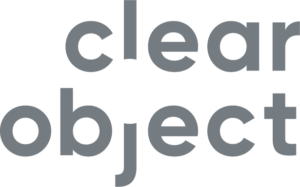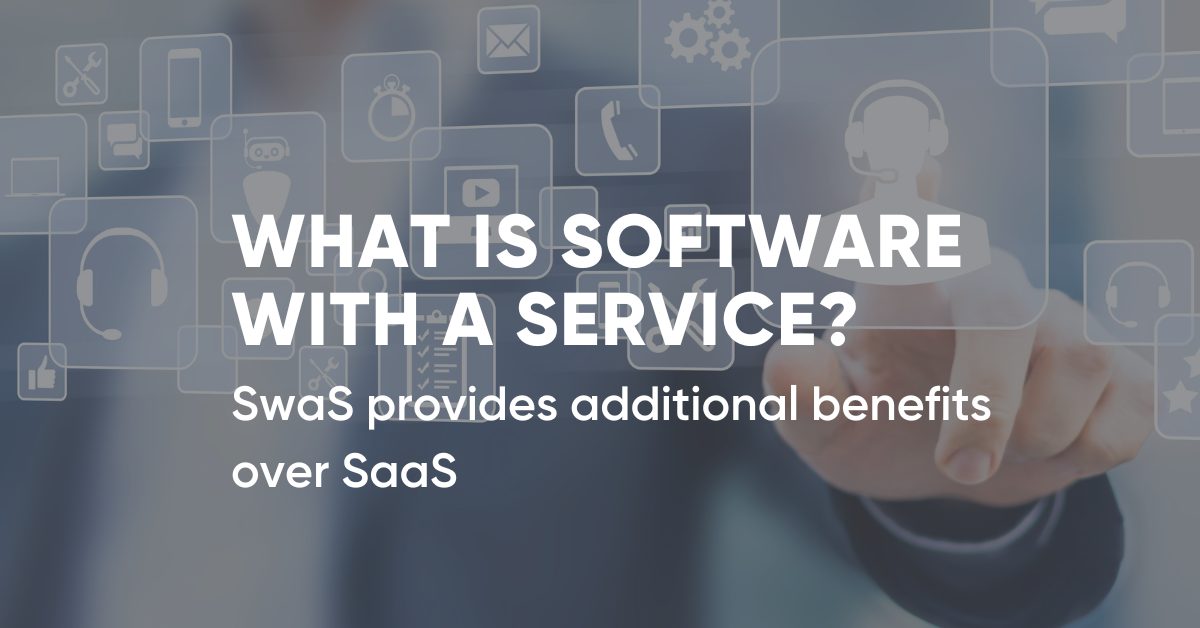Software WITH A Service, or SwaS, combines the capabilities of software applications with additional services to enhance user experience, streamline processes, and provide comprehensive solutions to end-users. Unlike conventional software that merely delivers a product, SwaS integrates a service-oriented component, offering users a more holistic and value-driven experience.
SwaS is a relatively new term, especially when compared with the more common SaaS, or Software as a Service. Internet historians argue over whether the first SaaS application was Salesforce in 1999, or other software dating back to the 80s, but most people do agree that the term SaaS first gained prominence around 2001.
Both SwaS and SaaS have software products at their core. And while SwaS and SaaS share similar acronyms, there are some key differences beyond the provided software.
Service Integration
SaaS: Primarily focuses on delivering software applications over the internet without the need for users to manage installations or updates.
SwaS: Extends beyond software delivery, integrating additional services to meet specific user needs. These services may include customer support, training, consulting, and ongoing maintenance.
Holistic Solutions
SaaS: Provides standalone software applications for specific functions or processes.
SwaS: Offers a comprehensive solution by combining software capabilities with tailored services, addressing broader business challenges.
User Engagement
SaaS: Centers around software usability and functionality.
SwaS: Prioritizes user engagement through personalized services, fostering a deeper connection between the software and end-users.
Examples of Software as a Service
Salesforce: A widely-used customer relationship management (CRM) SaaS platform. Offers tools for sales automation, marketing, and customer service.
Microsoft 365: A suite of SaaS applications including Word, Excel, and PowerPoint. Enables users to access productivity tools online without the need for local installations.
Zoom: A video conferencing SaaS solution to facilitates virtual meetings, webinars, and collaboration.
Examples of Software with a Service
HubSpot: Combines marketing, sales, and customer service software with additional services like inbound marketing training while offering a holistic approach to customer engagement.
ServiceNow: Integrates IT service management (ITSM) software with services like consulting and implementation. Provides end-to-end solutions for IT operations.
AWS Managed Services: Combines AWS infrastructure with additional services for ongoing management and optimization. Offers a comprehensive solution for businesses utilizing Amazon Web Services.
For years businesses worked towards the goal of having software solve every problem, but that is not always practical. SwaS redefines how businesses leverage software solutions by going beyond the conventional SaaS model to integrate additional services and provide users with more than just a product.
By understanding the distinctions between SaaS and SwaS and exploring examples of popular products in both categories, businesses can make informed decisions about the solutions that best suit their needs. Embracing the power of Software With A Service opens up new possibilities for enhanced user experiences and comprehensive business solutions.

